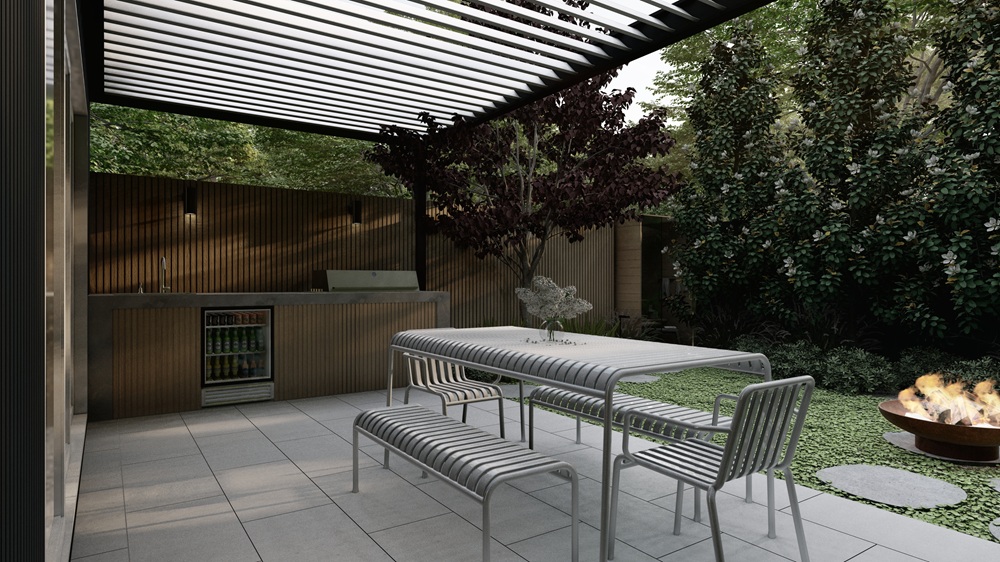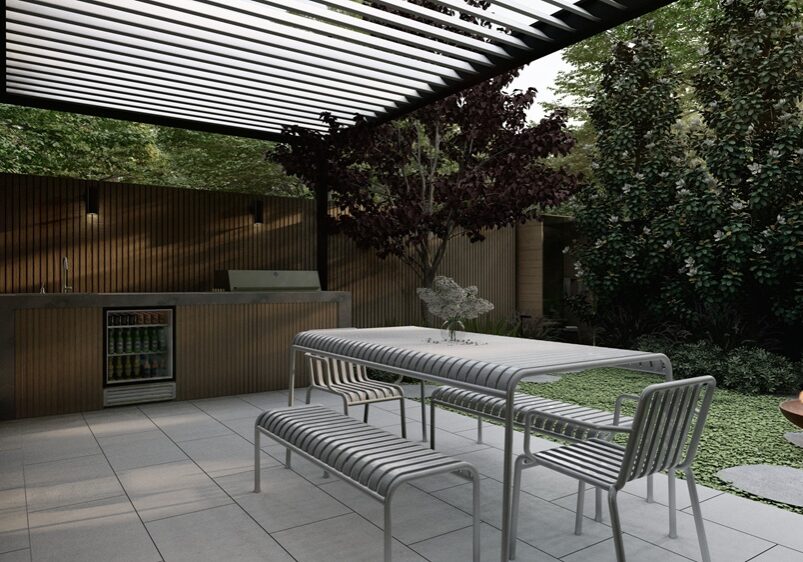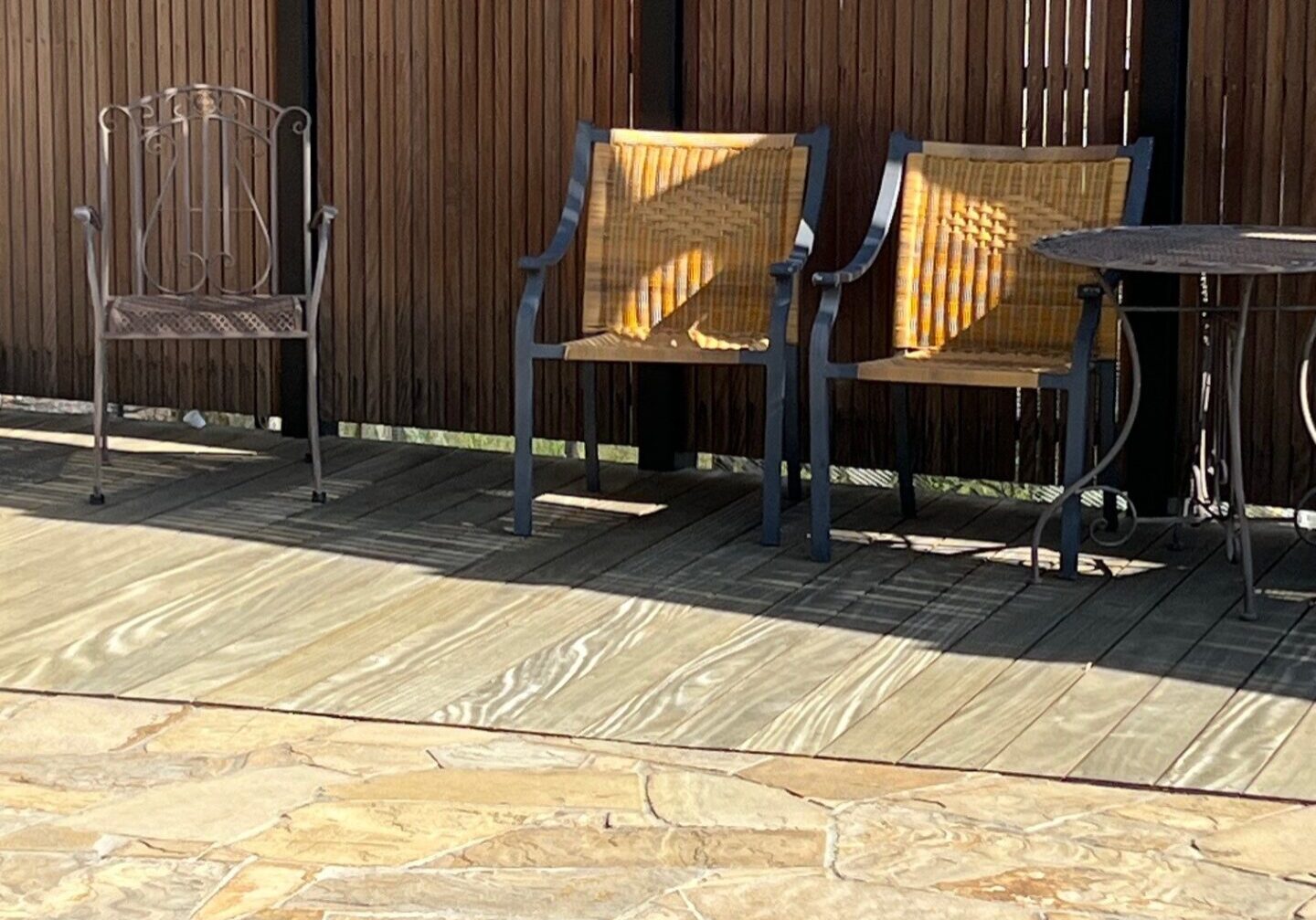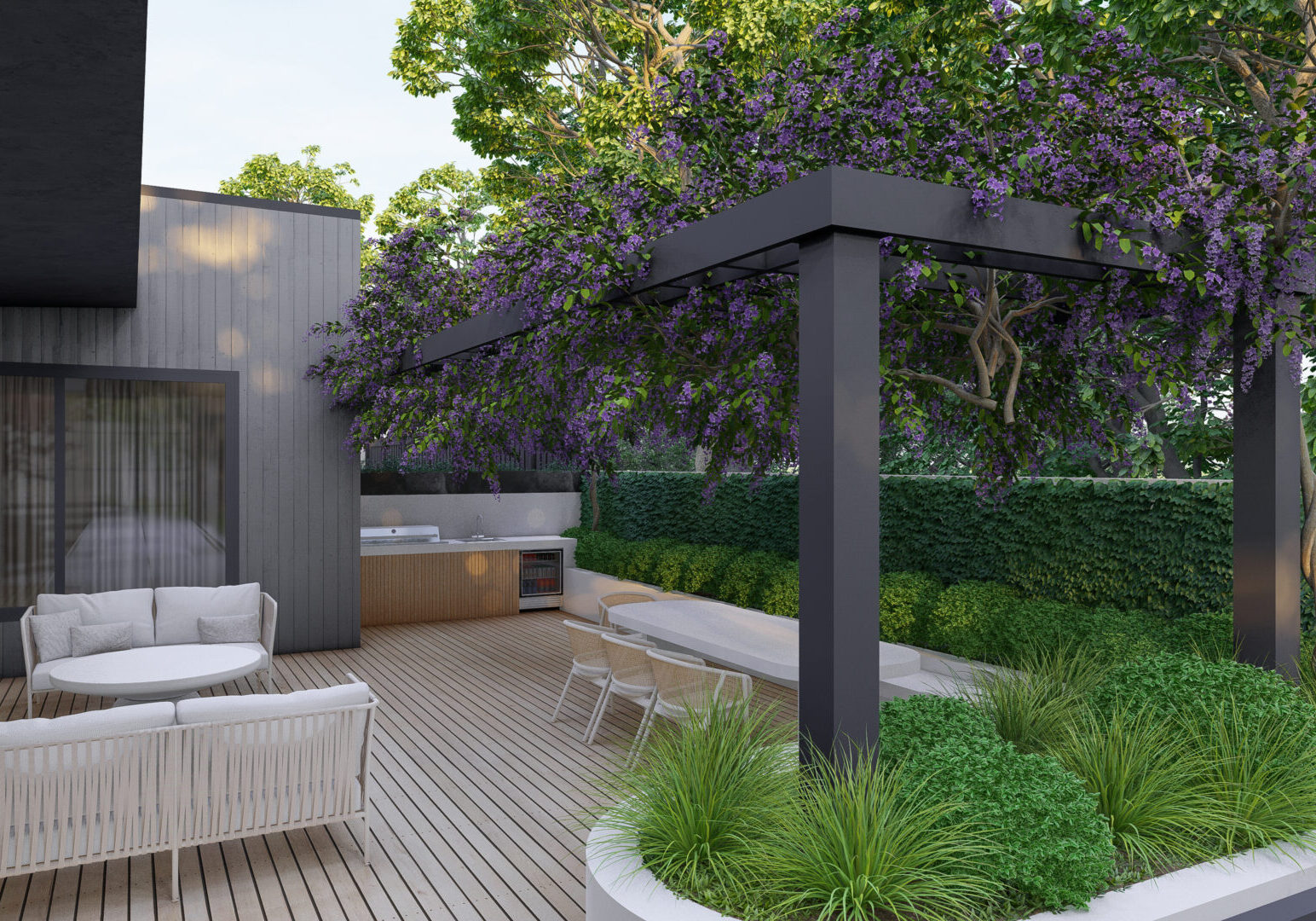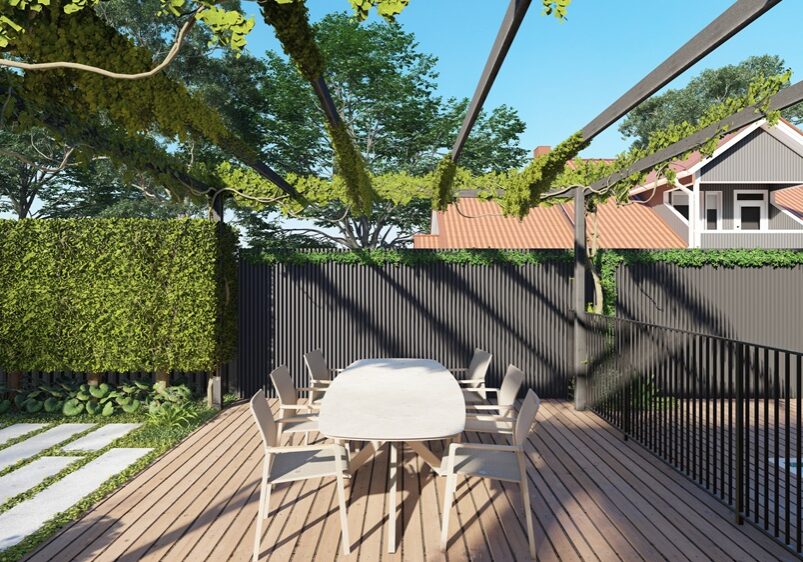Landscape Construction Is Only as Good as the Design: Why Great Landscape Construction Starts on the Drawing Board November 22, 2025
In the world of landscape construction, there’s a simple truth that too many homeowners discover too late: the final build is only ever as good as the design behind it. You can hire the best tradespeople, source the highest-quality materials and invest heavily in your garden makeover, but without a clear, well-developed design, the project will always fall short of its full potential. Good design isn’t an optional extra. It’s the structural backbone, the creative vision and the roadmap that guides every phase of successful landscape construction.
When a landscape project is designed properly from the start, everything else becomes easier, faster and more cost-effective. When design is rushed or skipped entirely, the result is almost always disappointment, rework and a garden that never quite functions the way it should.
Design Sets the Vision
At its core, landscape design is about translating a homeowner’s lifestyle, needs and aesthetic preferences into a clear and tangible plan. It’s where ideas become actionable. Before any excavation, paving or planting begins, the design phase determines the spatial layout, levels, drainage requirements, material selection and circulation throughout the outdoor space.
Without this foundation, landscape construction becomes guesswork. A well-planned design lets the construction team understand exactly what they are building and why. This means fewer surprises, fewer compromises and a far better final result. Whether it’s a pool area, outdoor entertaining zone or a complete garden transformation, good design ensures every element works together.
Accurate Design Reduces Construction Costs
There’s a misconception that investing in design upfront adds unnecessary cost, but the opposite is true. A detailed design is one of the smartest cost-saving measures in landscape construction. It provides accurate measurements, quantities and specifications, which allows for precise quoting and prevents budget blowouts.
Without it, contractors are forced to estimate. Estimates often lead to miscalculations, unexpected variations and delays. A thorough design eliminates ambiguity. Homeowners can see the entire scope before any work begins, allowing them to make informed decisions without the pressure of an active construction site.
Design Drives Structural Integrity
Landscape construction is not just about aesthetics — it’s about building outdoor spaces that last. Retaining walls, drainage systems, pools, pergolas and paving all require structural planning. The design phase considers site conditions such as soil, slope, sun exposure and water movement. These details directly influence construction methods and material choices.
For example, a sloped block may need tiered retaining or engineered walls; a pool surround might require non-slip paving with correct fall for drainage; garden beds may rely on irrigation planning built into the design. Skipping these design considerations often leads to long-term issues like cracking, flooding, shifting pavers or plant failure.
Good design anticipates these challenges, ensuring the construction team builds a landscape that not only looks good on day one but continues performing for years.
Efficiency and Workflow Depend on Good Design
Landscape construction involves multiple moving parts: earthworks, concreting, carpentry, planting, lighting, irrigation and more. A solid design coordinates these trades so each phase flows logically into the next. When there’s no design, scheduling becomes chaotic and trades end up working around unfinished or incorrectly built elements.
A detailed plan provides a sequence, reducing downtime and ensuring the project is delivered on schedule. This is especially important for larger projects where structural elements — like walls, pools or decks — affect every stage of the build. Efficient workflow is impossible without the guiding hand of a clear design.
Design Creates a Cohesive, Functional Outdoor Space
One of the most valuable outcomes of landscape design is cohesion. A professionally designed landscape has a clear identity, thoughtful transitions and a balance between hardscape and softscape. Paths lead somewhere, seating has purpose, planting enhances the architecture and materials complement rather than compete.
When landscape construction proceeds without design, outdoor areas can feel disjointed. Elements may look nice individually but fail to connect as a whole. Good design ensures every decision contributes to a unified vision that reflects the homeowner’s lifestyle and enhances the home’s architecture.
Future-Proofing Begins in the Design Stage
Modern outdoor spaces need to be adaptable. Families grow, needs change and gardens evolve. The design phase considers how the landscape will perform not just today but five, ten or twenty years from now. This might include planning for future structures, ensuring adequate access for maintenance or choosing materials and plants that will mature beautifully rather than dominate the space.
By thinking ahead during the design stage, the construction becomes a long-term investment rather than just a short-term makeover.
Conclusion: Invest in Design to Maximise Your Landscape Construction Outcome
The quality of any landscape construction project comes down to the strength of its design. Design forms the strategy, the structure and the creative direction that make construction efficient, cost-effective and visually cohesive. Cutting corners at the design stage may save a little money upfront, but it almost always costs more in the long run.
For homeowners wanting a high-quality, long-lasting outdoor transformation, investing in design isn’t just recommended — it’s essential. When the design is strong, the construction can truly shine.
